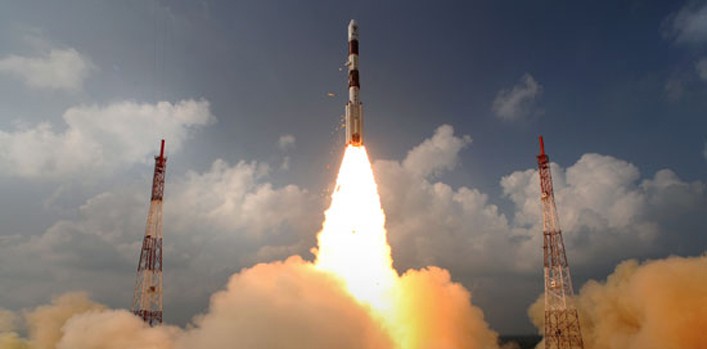India created history, becoming the first nation to send a probe to Mars successfully at the very first attempt, and that too through clinical precision. However, what also garnered that mission widespread appreciation, was the fact that not even once, did anything go wrong. From the launch to the orbit insertion, MOM for not even once, experienced any technical glitch.
As a result of that copy-book precisio, Mangalyaan has been able to save, as much as 45 Kgs, of fuel, enough for it to last for many more years than its expected six months lifetime.
Kiran Kumar, ISRO Chief, told reporters on Friday on the sidelines of Indian Institute of Science Alumni Global Conference 2015 ‘Science for Society’ that the spacecraft will be surviving for many years.
Still about 45 kg of fuel is left; …we are hardly using the fuel, fuel requirement is very small
he added.
Initial speculation was that with the type of fuel the spacecraft carried, the team didn’t expect the mission to last for more than six months.
According to the team, looking at the expected hurdles in reaching and staying in orbit to Mars, more fuel should have been used. But seeing as the journey to Mars was completed without any hiccup, fuel consumption was extremely low. As a result, the life expectancy of the mission was extended for another six months in March due to surplus fuel.
Kumar said
There was no untoward incidents, no failures; ….even when you launch you have to give some margin for launch error that also was not there. So we were able to save fuel right from beginning till insertion.
The mission, dubbed Mars Orbiter Mission (MOM), which began on September 24, 2014 was India’s first attempt at interplanetary exploration and India successfully became the only country to achieve this feat in the nation’s very first attempt. ISRO had launched the spacecraft on its nine-month-long odyssey on a homegrown PSLV rocket from Sriharikota in Andhra Pradesh on November 5, 2013 and it had escaped the earth’s gravitational field on December 1, 2013.
When questioned if the spacecraft could last for a total of two and a half years, Kumar replied with an affirmative,”..it should”.
The Tech Portal is published by Blue Box Media Private Limited. Our investors have no influence over our reporting. Read our full Ownership and Funding Disclosure →






